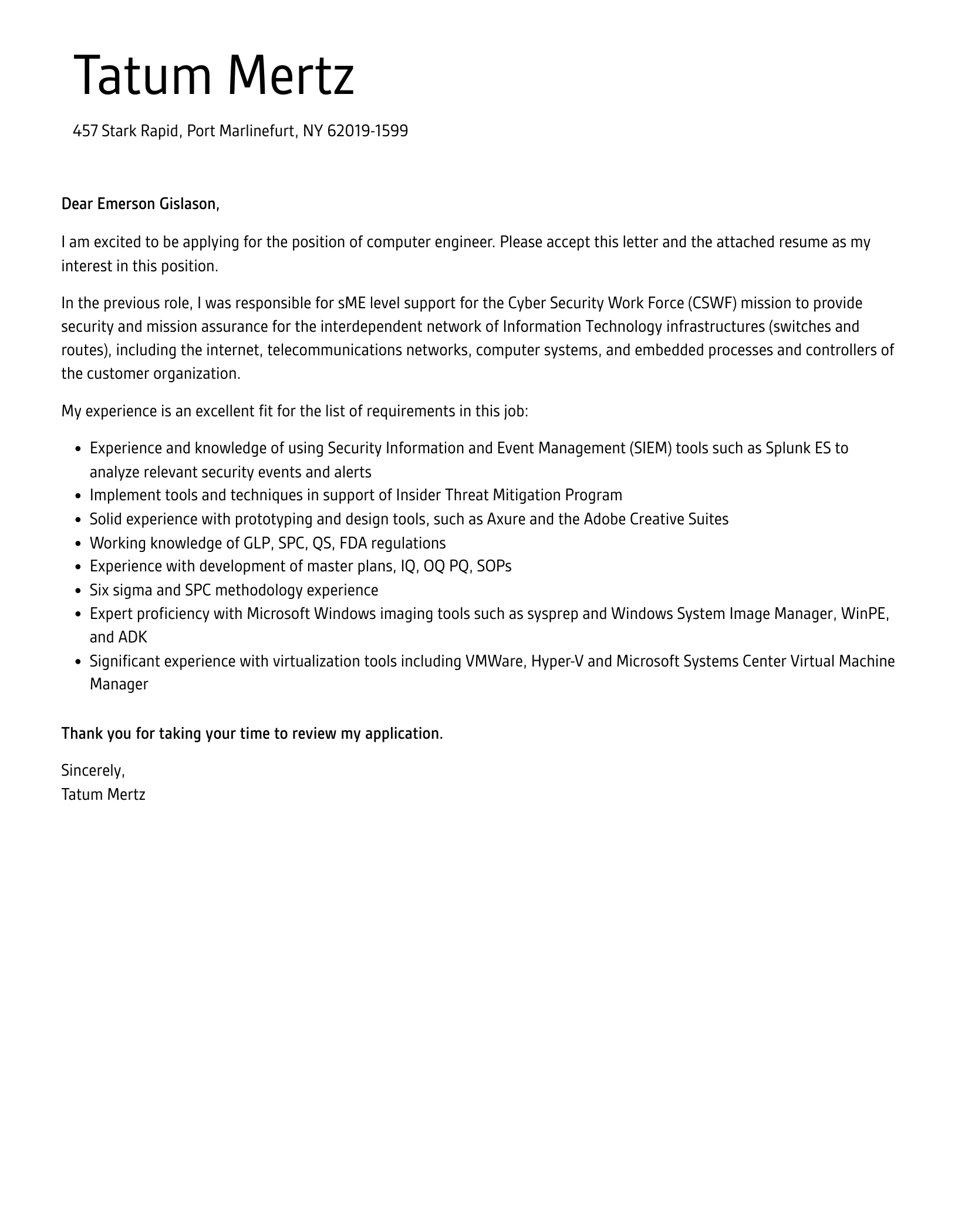Cover Letter Secrets Computer Engineers Need
In the competitive field of computer engineering, a well-crafted cover letter can be the key to unlocking your dream job. It’s more than just a formality; it’s your first opportunity to make a strong impression on potential employers. A compelling cover letter complements your resume, providing a narrative that showcases your skills, experience, and passion for computer engineering. This guide unveils the secrets to writing a cover letter that grabs attention and sets you apart from the competition. Learn how to highlight your unique qualifications, tailor your letter to each job application, and avoid common pitfalls that could hinder your chances of success.
Understanding the Purpose of a Cover Letter
Before diving into the specifics, it’s essential to understand the fundamental purpose of a cover letter. It’s not a rehash of your resume; instead, it’s a platform to elaborate on your key strengths and demonstrate your genuine interest in the position and the company. A cover letter allows you to connect with the hiring manager on a personal level, showcasing your personality and communication skills, both vital assets in the workplace. The cover letter provides context to your application. You’re not just listing your skills and experiences; you’re explaining why those qualifications make you an ideal candidate for this specific role. The best cover letters tell a story of why you are a good fit.
Why a Cover Letter Matters
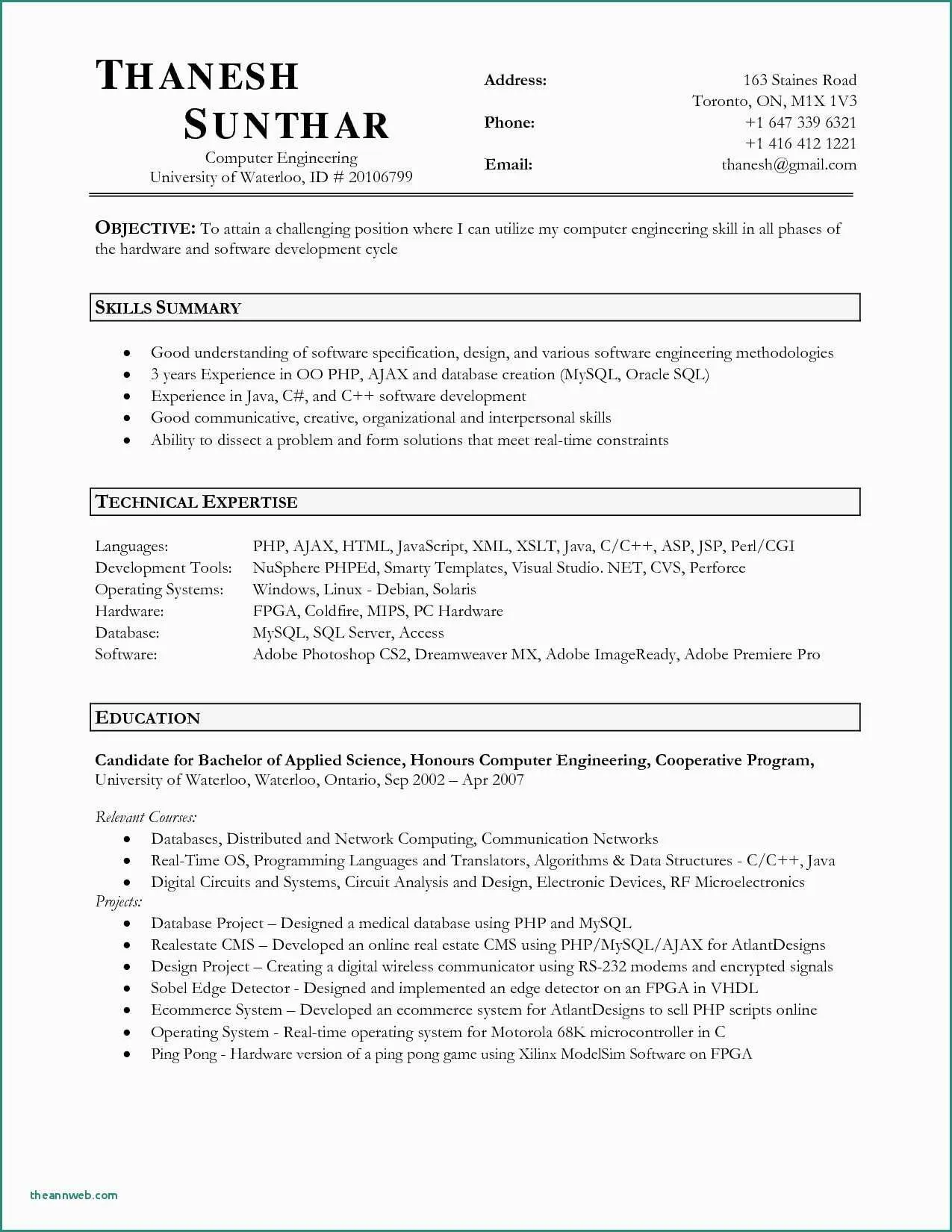
A cover letter gives you a chance to provide context to your application. Your resume lists your skills and experiences, but the cover letter explains why those qualifications make you an ideal candidate for the job. It demonstrates your communication skills, and the ability to write a clear and concise letter is a valuable skill in any role. The cover letter allows you to express your enthusiasm for the position and the company. This enthusiasm can significantly impact the hiring manager, especially when many candidates submit similar resumes. It allows you to address any gaps in your resume or any unusual circumstances that might need further explanation.
What Recruiters Look For
Recruiters are looking for more than just a list of qualifications. They want to see how your skills and experiences align with the job requirements and the company’s culture. They look for evidence of your problem-solving abilities, your ability to work in a team, and your communication skills. Recruiters also look for a personalized approach, indicating that you’ve researched the company and understand the role. They want to see that you are a good fit, not just for the job, but for the company as a whole. Recruiters also want to see your passion for computer engineering and your commitment to continuous learning and professional development.
Key Components of a Computer Engineer Cover Letter
Contact Information and Salutation
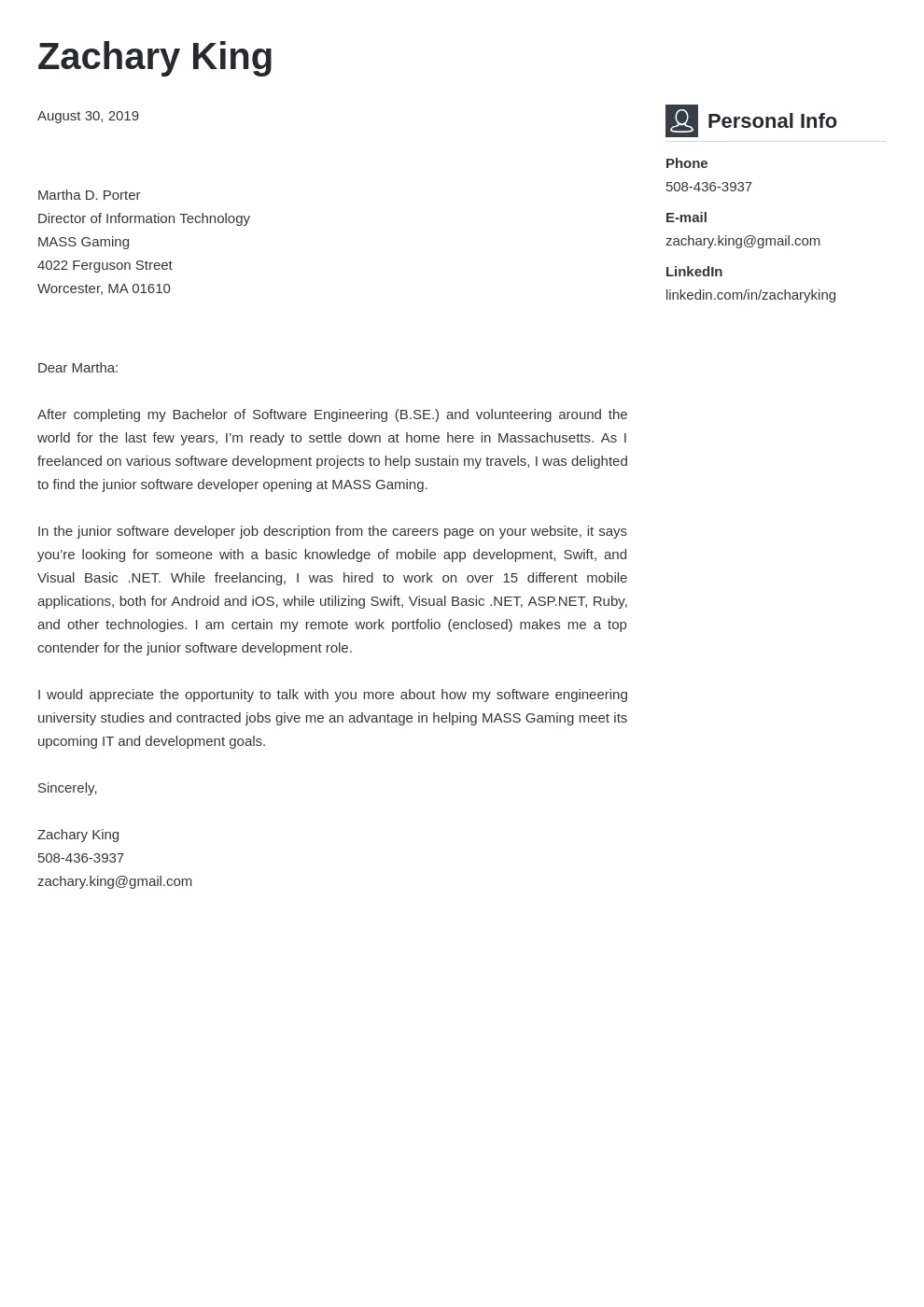
Start with your contact information at the top of the letter, including your name, phone number, email address, and optionally, your LinkedIn profile URL. Next, address the hiring manager or the specific person mentioned in the job posting, if possible. If a name isn’t available, use a professional salutation like ‘Dear Hiring Manager.’ Avoid generic greetings like ‘To Whom It May Concern,’ as they lack personalization.
Personalized Introduction
The introduction is your chance to grab the reader’s attention. State the specific position you’re applying for and briefly mention how you discovered the opportunity. In your opening paragraph, clearly state your interest in the role and the company. Highlight one or two key skills or experiences that immediately make you a strong candidate, drawing a direct connection to the job requirements. Make it clear why you’re enthusiastic about the role and the company. Show that you’ve done your research.
Highlighting Relevant Skills and Experience
This is the core of your cover letter, where you provide specific examples to demonstrate your qualifications. Focus on skills and experiences that directly align with the job description. Describe your accomplishments in detail, using the STAR method (Situation, Task, Action, Result) to provide context and showcase the impact of your work. Quantify your achievements whenever possible to provide concrete evidence of your abilities, like ‘Increased system efficiency by 15%,’ or ‘Led a team of 5 engineers.’ Tailor each cover letter to the specific job, highlighting the skills and experiences that the employer values most.
Quantifying Achievements with Numbers
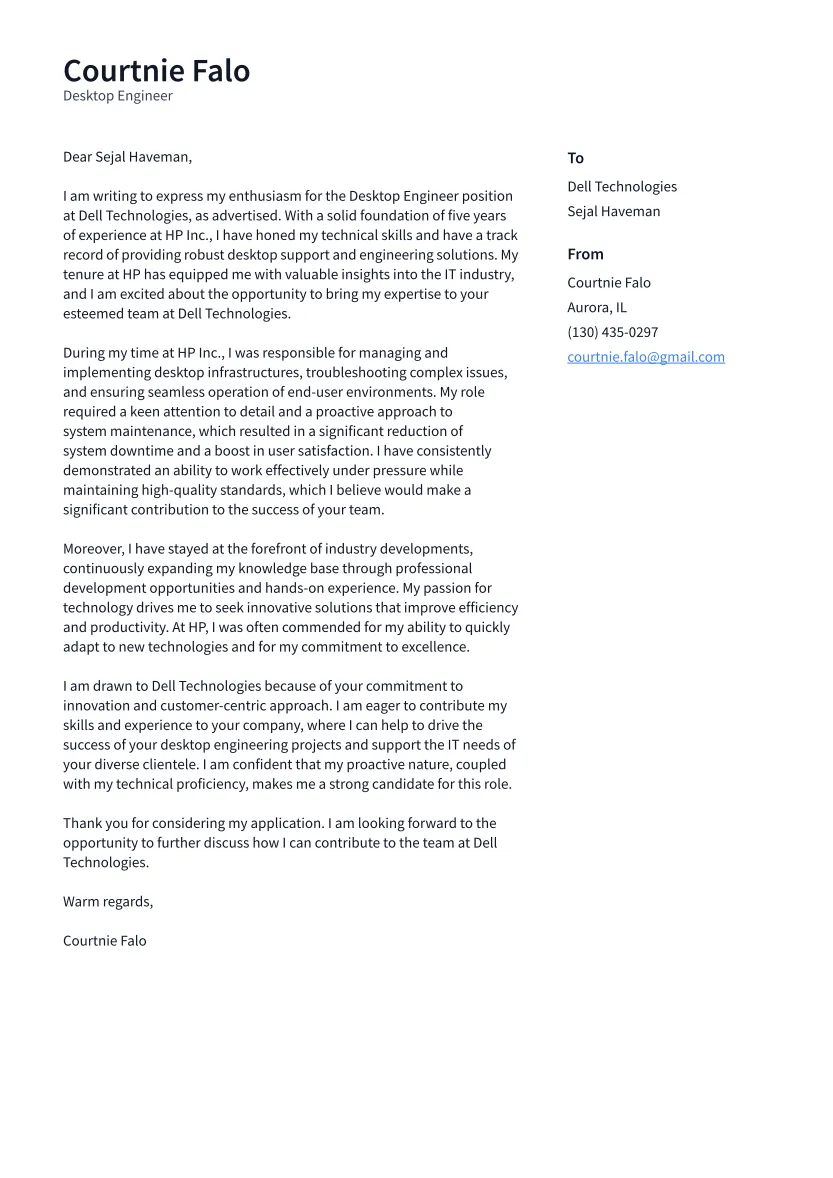
Numbers speak louder than words. Instead of just stating your responsibilities, use quantifiable data to demonstrate your impact. For example, instead of saying ‘Improved software performance,’ write ‘Improved software performance by 20%, reducing processing time.’ Use metrics like percentages, dollar amounts, and specific timeframes to illustrate your contributions. Quantifying your achievements makes it easier for the hiring manager to understand the value you brought to previous roles. Be specific and provide as much detail as possible to demonstrate the scale and scope of your work.
Tailoring Your Cover Letter to the Job
Avoid sending a generic cover letter to every job application. Each cover letter should be tailored to the specific requirements and expectations of the role. Carefully review the job description and identify the key skills and experiences the employer is seeking. Use the language and keywords from the job description to show that you understand the role and what the employer is looking for. Research the company’s mission, values, and recent projects. Demonstrate how your skills and experiences align with the company’s goals. This level of personalization shows that you’ve taken the time to understand the opportunity.
Showcasing Technical Expertise
Computer engineers need to highlight their technical skills. Showcase your proficiency in programming languages (e.g., C++, Java, Python), software development methodologies (e.g., Agile, Scrum), and relevant hardware and software tools. Provide examples of projects where you applied these skills to solve complex problems. Mention any certifications or specializations that are relevant to the job, such as certifications in cybersecurity, cloud computing, or embedded systems. Detail your experience with specific technologies and tools, such as specific operating systems, development environments, or hardware platforms. Be sure your expertise matches the job description.
Demonstrating Problem-Solving Skills
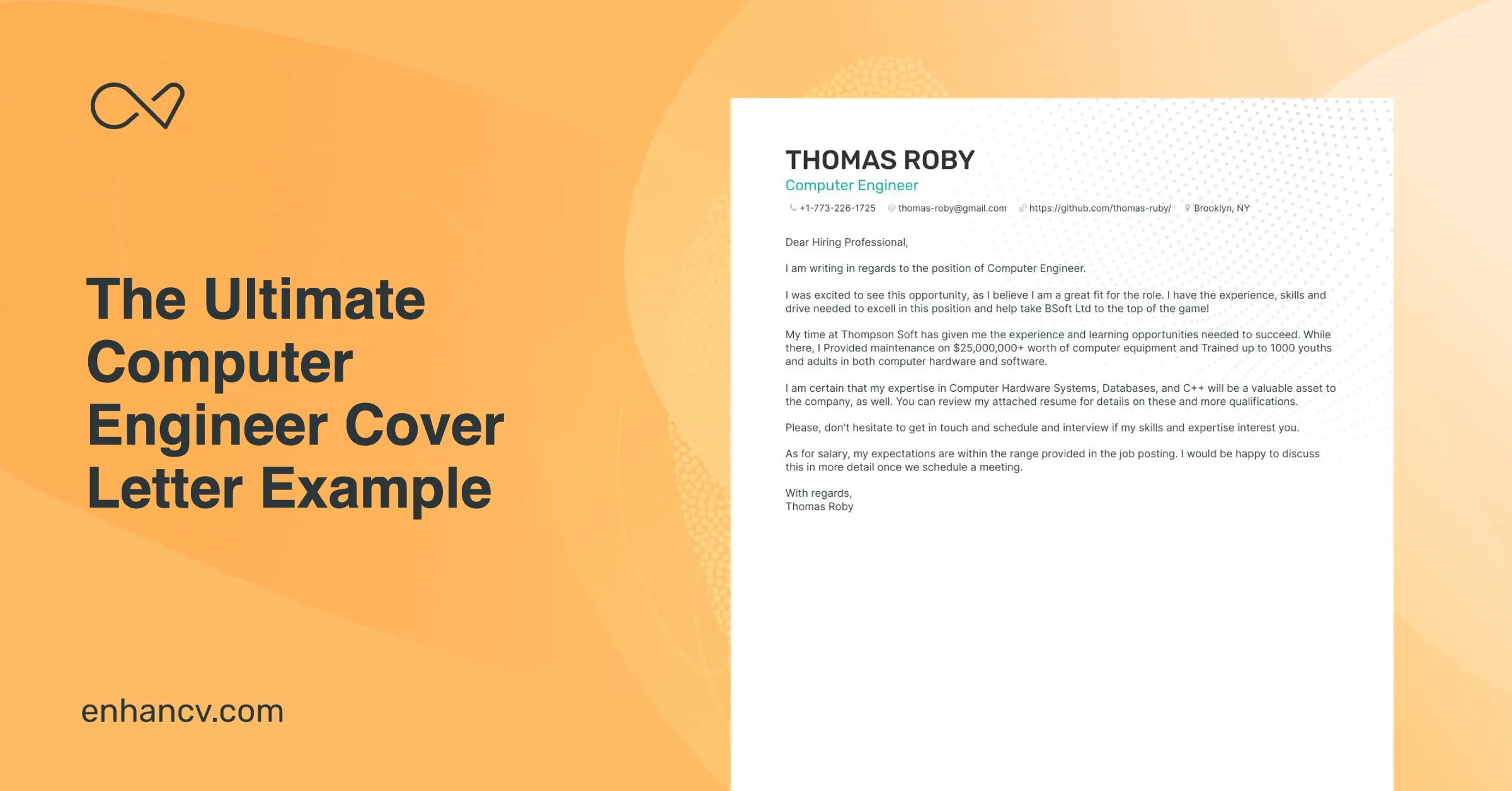
Computer engineers are often tasked with solving complex technical problems. Demonstrate your problem-solving abilities by providing specific examples from your past experiences. Describe the challenges you faced, the steps you took to overcome them, and the results of your efforts. Use the STAR method (Situation, Task, Action, Result) to structure your examples. Highlight your analytical thinking skills, your ability to troubleshoot issues, and your ability to find creative solutions. Show how you approach and solve problems with logical reasoning and technical skills. Your ability to effectively resolve issues will set you apart from other candidates.
Expressing Enthusiasm and Interest
Show genuine enthusiasm for the position and the company. Explain why you’re interested in the role and how it aligns with your career goals. Share what excites you about the company’s mission, values, or recent projects. Demonstrate that you’ve researched the company and understand its culture and the challenges it faces. Mention specific projects or initiatives that resonate with you and explain why. Conclude with a strong statement that reaffirms your interest and your eagerness to contribute to the team. Your passion can be a deciding factor when evaluating your application.
Call to Action and Closing
End your cover letter with a clear call to action. Express your interest in an interview and reiterate your enthusiasm for the position. Thank the hiring manager for their time and consideration. Include a polite and professional closing, such as ‘Sincerely’ or ‘Best regards,’ followed by your name. Proofread the entire letter one last time before sending it.
Common Mistakes to Avoid in Your Cover Letter
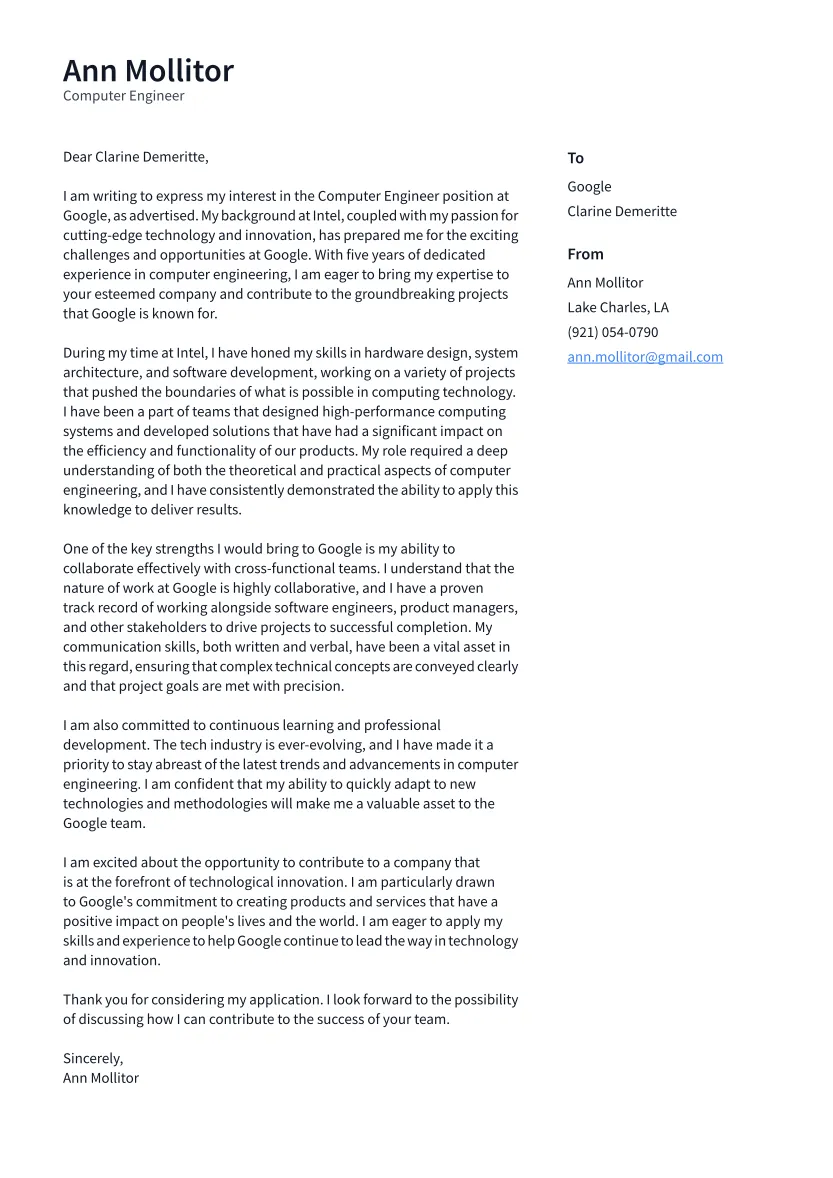
Generic Language and Lack of Personalization
Avoid using generic language and phrases that could apply to any job. Customize your cover letter to the specific role and company. Demonstrate that you’ve taken the time to understand the job requirements and the company’s culture. Replace vague statements with specific examples and quantifiable achievements. Avoid sounding like a template; instead, showcase your personality and individual strengths. Show the hiring manager you care enough to put in the work.
Typos and Grammatical Errors
Typos and grammatical errors can create a negative impression and suggest a lack of attention to detail. Proofread your cover letter carefully before submitting it. Use a spell checker and grammar checker, but also review the letter manually. Ask a friend or colleague to proofread your letter for a fresh perspective. Errors can undermine your credibility, so make sure your cover letter is polished and error-free. A well-written cover letter demonstrates professionalism and competence.
Focusing on What You Want, Not What You Can Offer
Avoid making your cover letter all about your needs and wants. Focus instead on what you can bring to the company and how you can contribute to its success. Highlight your skills, experiences, and accomplishments that align with the job requirements. Explain how you can solve the company’s problems and help them achieve their goals. Demonstrate your understanding of the company’s needs and show that you’re a good fit for the role. Shift your focus from personal gain to providing value to the employer.
Reviewing and Proofreading Your Cover Letter
Before sending your cover letter, carefully review and proofread it. Check for typos, grammatical errors, and inconsistencies in formatting. Ensure that the letter is clear, concise, and easy to read. Verify that the contact information is correct and that the salutation is appropriate. Ask a trusted friend, family member, or career advisor to review your cover letter for feedback. Make sure your cover letter reflects professionalism and attention to detail. A well-written, error-free cover letter significantly increases your chances of making a positive impression.
